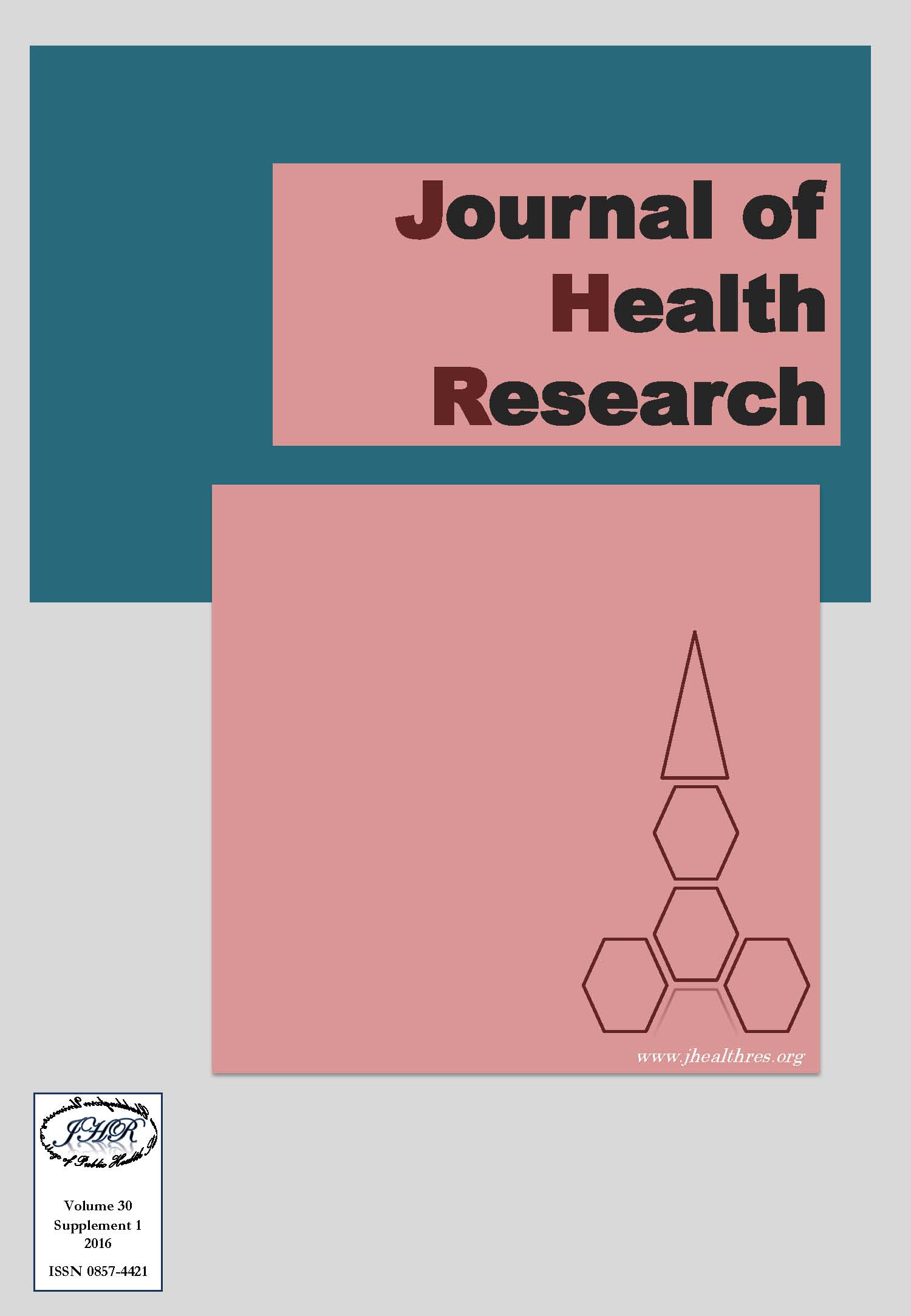Risk factors for low birth weight: bivariate analysis of findings from the Zimbabwe 2014 multiple indicator cluster survey
Keywords:
Low birth weight, Multiple Indicator Cluster Survey 2014, Risk factors, ZimbabweAbstract
Background: Birth weight has significant association with future survival chance and wellbeing of a newborn. If a newborns weight is less than 2,500g, it is considered as low birth weight. Low birth weight is ranked as the tenth-leading cause of death in Zimbabwe. This study aimed to identify factors that are associated with low birth weight in Zimbabwe.
Methods: A cross-sectional cluster survey was done by using secondary data from the Zimbabwe Multiple Indicator Cluster Survey 2014. From 3,910 children who were born during the two years prior to the survey, only 3,221 were weighed at birth. Independent variables were categorized into household socio-demographic, maternal and fetal factors. Bivariate logistic regression analyses were used to assess associations between the independent variables and low birth weight. Odds ratio was accompanied by 95% confidence intervals and p-values for each independent variable that was tested for association with low birth weight. The bivariate analyses were used in order to take account of the clustering nature of the survey design and the women’s sample weights from the survey.
Results: Out of the 3,221 children who were weighed at the time of their birth, 271, 8.4% had low birth weight. Having at least one mosquito net in a household was the only household socio-demographic factor that was associated with lower risk of low birth weight (OR: 0.778, 95% CI: 0.588, 1.028, P = 0.078). Being a mother at the age of 20 to 34 years (OR: 0.681, 95% CI: 0.482, 0.961, P = 0.029), iron tablet supplementations during pregnancy (OR: 0.693, 95% CI: 0.489, 0.982, P = 0.039) and taking the iron supplementation to a longer duration (OR: 0.893, 95% CI: 0.819, 0.973, P = 0.039) were associated with lower odds of giving birth to a low birth weight baby. Being a second or a third born baby in birth order (OR: 0.646, 95% CI: 0.467, 0.894, P = 0.008) and having two years (OR: 0.533, 95% CI: 0.343, 0.829,
P = 0.005) or 3 years (OR: 0.529, 95% CI: 0.336, 0.834, P = 0.006) of birth interval with the previous sibling were fetal factors that are associated with lower risk of low birth weight. Twin or multiple pregnancy was strongly positively associated with low birth weight (OR: 14.277, 95% CI: 8.243, 24.729, P <0.001).
Conclusion: Some of the modifiable factors, such as visiting antenatal care more frequently and taking iron tablet supplementation and taking it for longer durations, appear to help reduce the risk of low birth weight in Zimbabwe.







